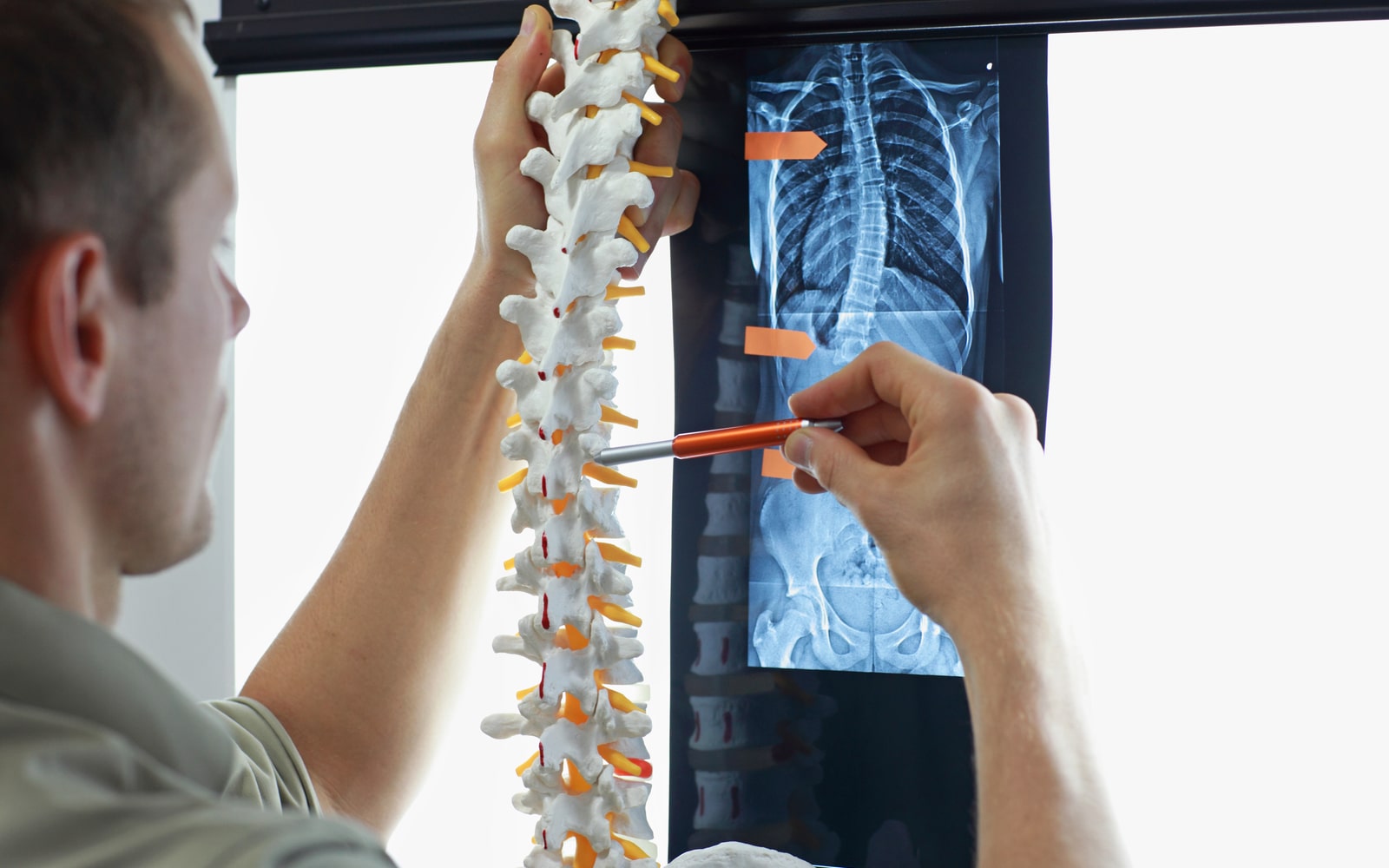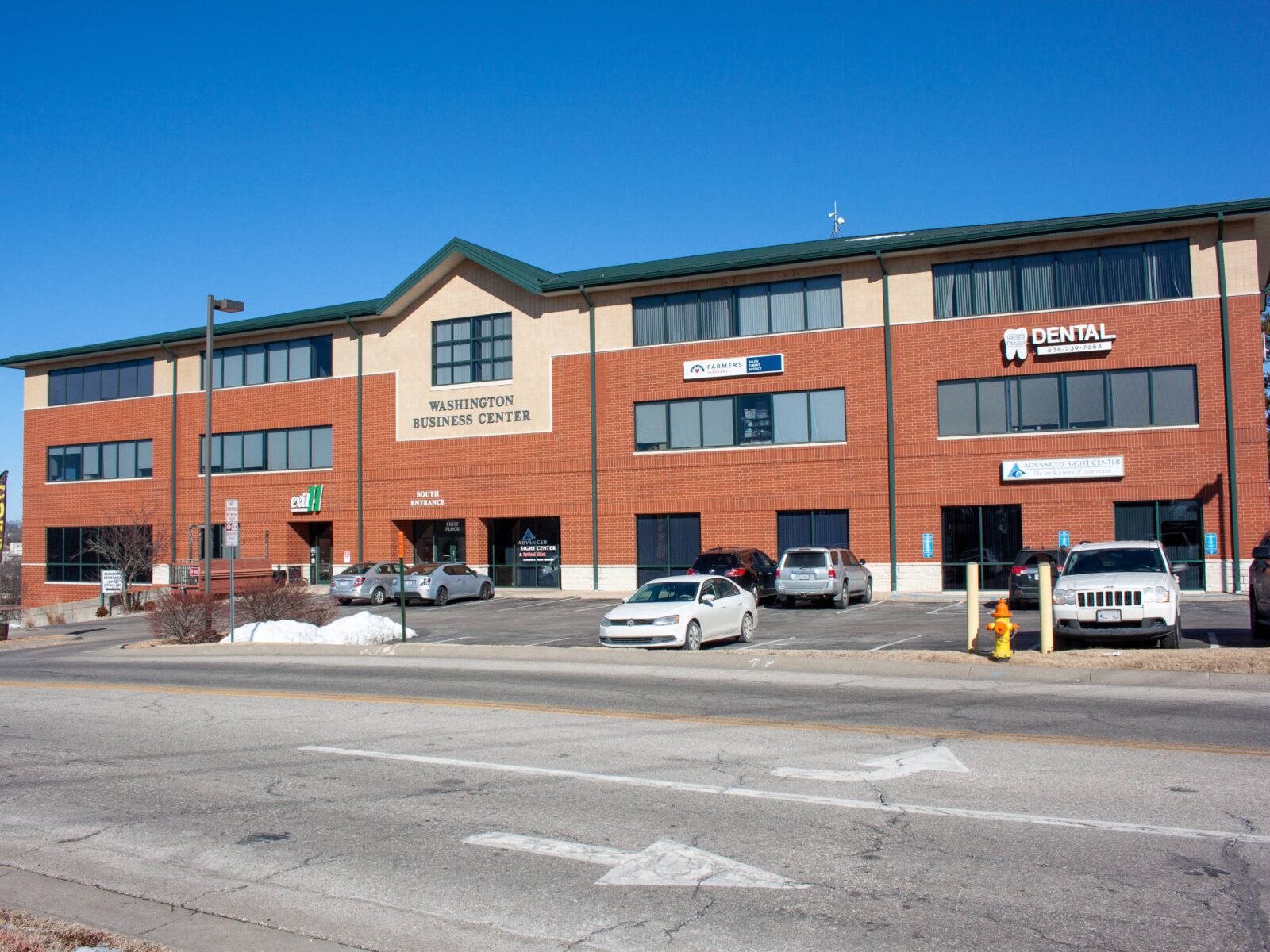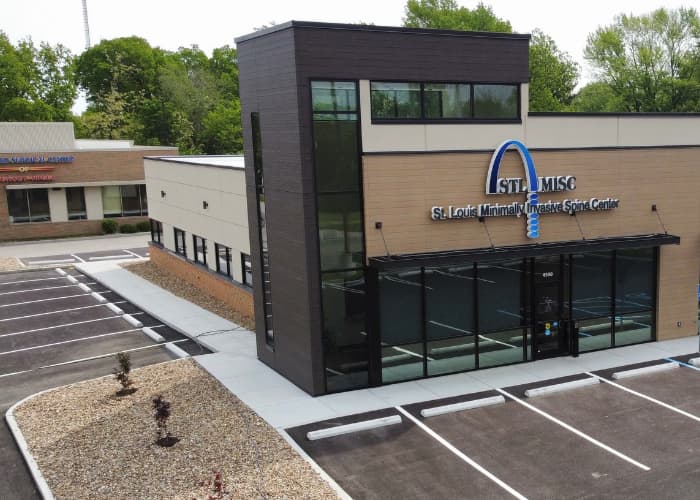When experiencing severe back pain, you want nothing more than relief from that pain. The first step to finding that relief is determining the underlying cause of your pain. Analgesic Discograms are one tool your pain management specialist has for identifying if an abnormal spinal disc is involved. Prior to using this approach, you’ll receive conservative care in the form of physical therapy and medication. Once these have proven ineffective, your practitioner may suggest using an analgesic discogram to determine the next treatment steps.
What Is An Analgesic Discogram?
This procedure, also known as discography, is a method used to image the condition of your spine and its parts. Spongelike cushions can be found between your vertebrae, known as spinal discs. These discs serve to support and protect your vertebrae during day-to-day activities. When these discs become damaged, the vertebrae can shift in place, causing pressure on the nerves in the area. They can also begin rubbing against one another, causing pain and damage to them.
An analgesic discogram involves the injection of a dye into the center of these discs. This dye makes it possible for imaging equipment to visualize the disc and any potential damage. This injection may reproduce your symptoms in some cases, but this will pass. The dye will also seep into cracks in the disc’s exterior, indicating signs of wear and tear.
The risks involved in an Analgesic Discogram are typically minor, with the following potential side effects:
- Infection
- Increase in chronic back pain
- Headache
- Injury to vascular tissue and nerves near the spine
- Allergic reaction to the dye
Prior to your procedure, your doctor may tell you to cease taking any medication that thins the blood and certain other medications. It is essential you do not eat or drink on the morning of your procedure. Your discogram will take approximately half an hour to an hour, depending on the specifics of your case. Your doctor will administer a sedative to help you relax and may also administer an antibiotic to avoid infection.
During the procedure itself, you’ll be laid on your stomach or side as fluoroscopy is used to guide the doctor as they insert the needle. The contrast dye will be injected through the needle and allowed to settle. If your disc is responsible for your back pain, it’s common to experience pain during the injection portion. A CT-Scan or X-Ray will be used to examine the disc once the dye is in place.
What To Expect After An Analgesic Discogram
Once the procedure is complete, your doctor observes you for 30-60 minutes before being cleared to leave. You will want to have someone with you to drive you home after the procedure. The spot may be tender or painful for a few hours after the discogram, though ice may help. However, you must keep your back dry for 24 hours after the procedure. If you start to develop fever or severe back pain, you might have an infection. Call your doctor immediately.










